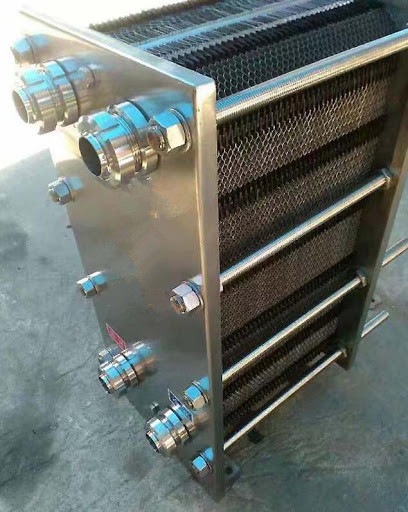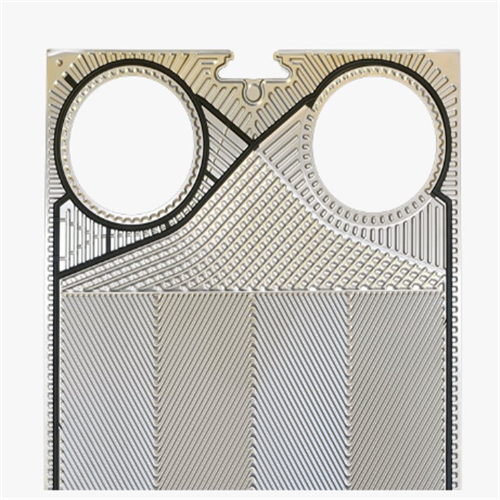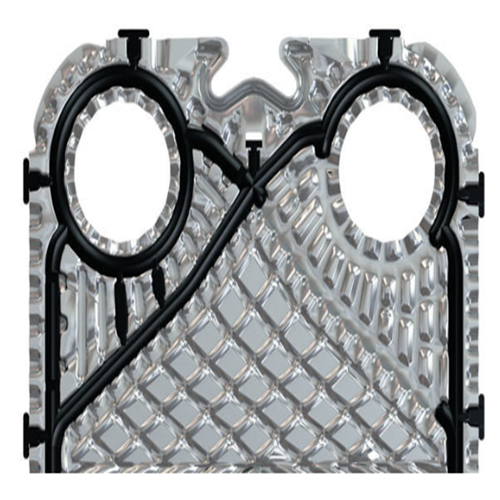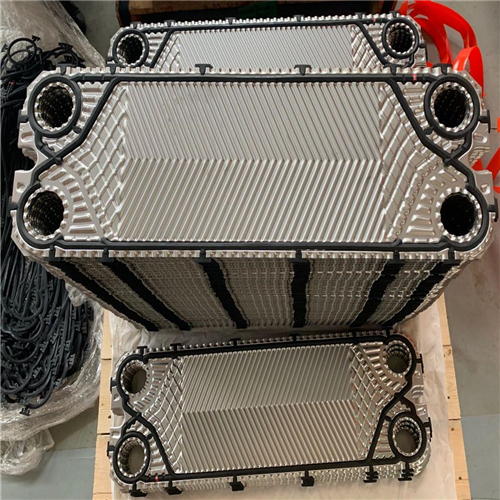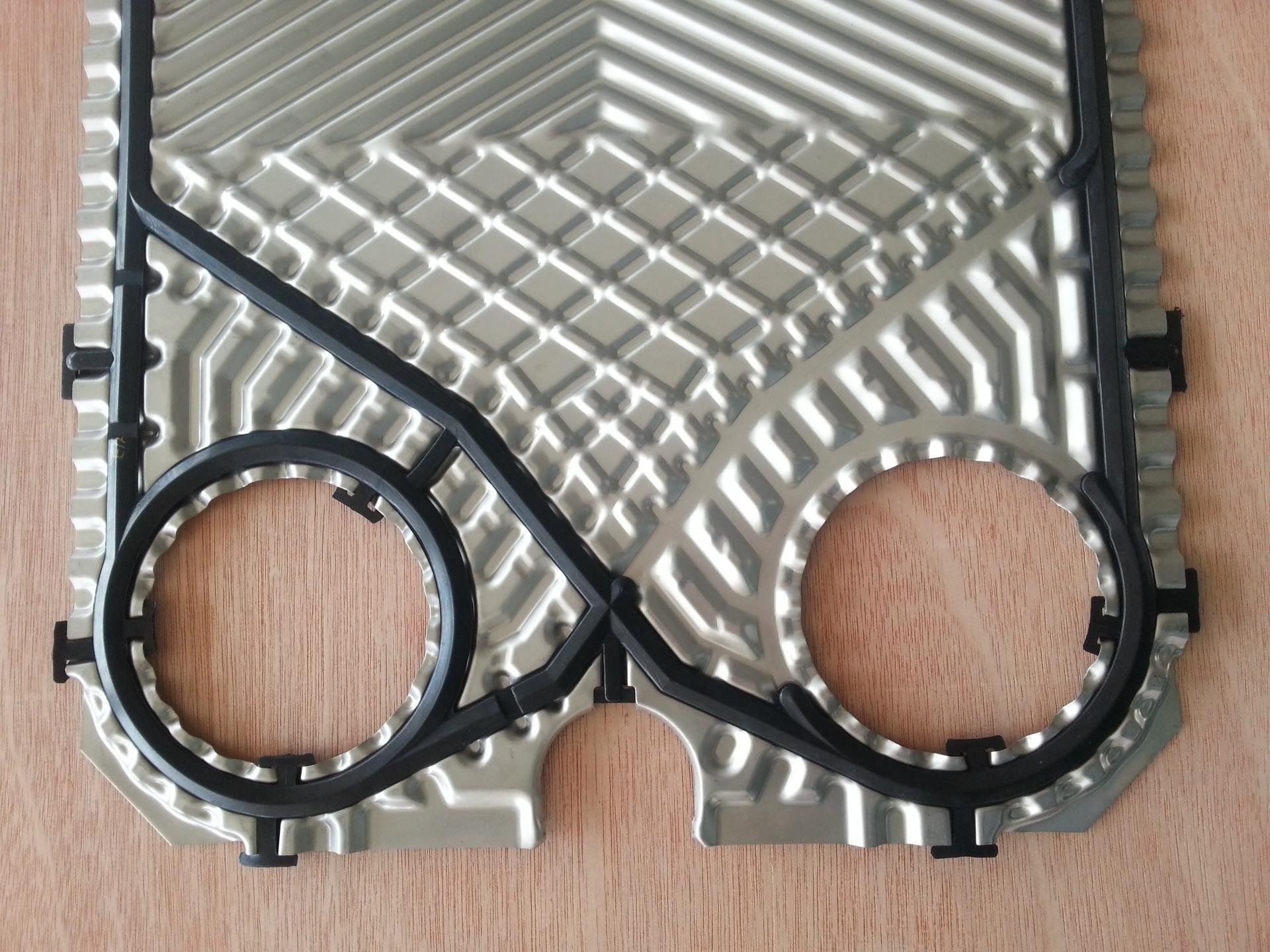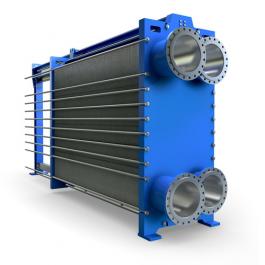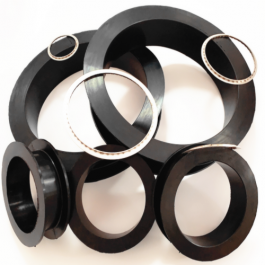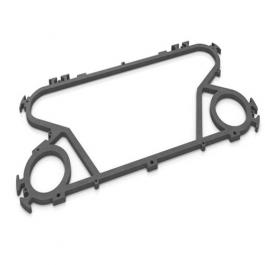Plate Heat Exchanger Plate
- Model:Plate Heat Exchanger Plate GX26
- Centre to centre size: 779mm*226mm
- Material: SS304/SS316/Titanium
- Thickness: 0.5mm/0.6mm
- Product description: Plate heat exchanger plate is a component specially used in plate heat exchanger to isolate medium and perform heat exchange. It forms the core of plate heat exchanger together with the gasket of plat
Since ancient times, food has been a necessity in our daily life and the material basis on which human beings depend. In the process of food processing operations, plate heat exchangers are widely used in food. For hot and cold processing of beverages, milk and other media, due to the small gap between the plates, the material can pass through the thin layer at high speed, and the heat is uniform and the time is short to prevent overheating, which is especially suitable for heat-sensitive materials. The process of steam-water exchange in hot processing, pasteurization, multi-stage heating, cooling in cold processing, multi-stage rapid cooling and concentration in dehydration processing have all applied plate heat exchangers very maturely. The thermal damage to the food itself is reduced, and the cost of the heat exchanger itself is cheaper than other types of heat exchangers, and is welcomed by the majority of users, so the development space of the plate heat exchanger is greater.
The corrosion resistance of carbon steel is far worse than that of stainless steel. It is very easy to corrode in water and other media, and the life will be very short 2113, so the general plate heat exchanger plates use 5261 stainless steel. Plate materials are 304, 316., 316L, 317, SMO254, Ti, 904, etc.
Plate heat exchangers are widely used in the food and pharmaceutical industries. Compared with other heat exchangers, plate heat exchangers have the following advantages:
The plates are easy to access and inspect, easy to disassemble, and easy to clean by hand. In many occasions, they can be cleaned by the countercurrent flushing method. Routine cleaning does not require much time. The new mold uses a paste-free form, reducing operation and maintenance costs and convenient maintenance. In the form of thermal mixing, a variety of combinations can be achieved by changing the flow method or increasing the number of flow channels, from two-flow monomer-counter-flow method to multi-flow flow method of three or more fluids Designers provide more and more reasonable options to meet different process requirements.
Economics, due to its high heat transfer coefficient, easy installation and maintenance makes the initial investment and operation and maintenance costs greatly reduced.
